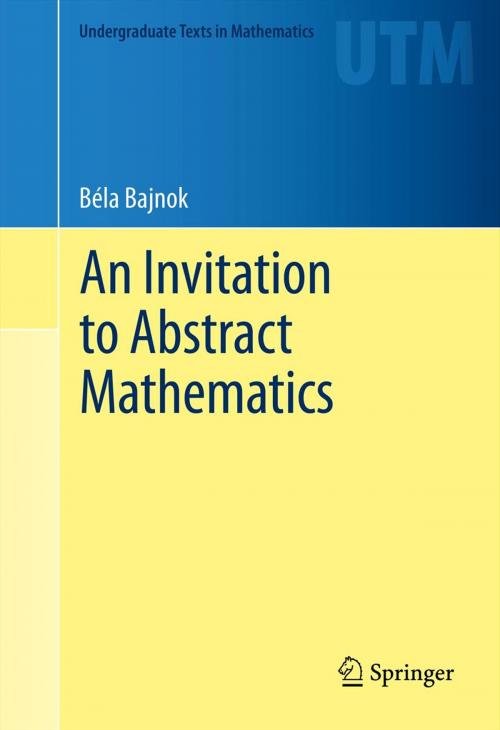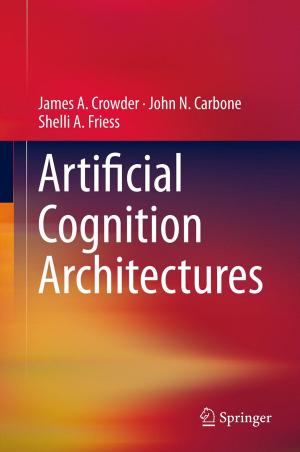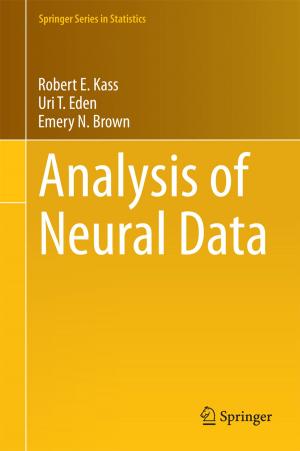| Author: | Béla Bajnok | ISBN: | 9781461466369 |
| Publisher: | Springer New York | Publication: | May 13, 2013 |
| Imprint: | Springer | Language: | English |
| Author: | Béla Bajnok |
| ISBN: | 9781461466369 |
| Publisher: | Springer New York |
| Publication: | May 13, 2013 |
| Imprint: | Springer |
| Language: | English |
This undergraduate textbook is intended primarily for a transition course into higher mathematics, although it is written with a broader audience in mind. The heart and soul of this book is problem solving, where each problem is carefully chosen to clarify a concept, demonstrate a technique, or to enthuse. The exercises require relatively extensive arguments, creative approaches, or both, thus providing motivation for the reader. With a unified approach to a diverse collection of topics, this text points out connections, similarities, and differences among subjects whenever possible. This book shows students that mathematics is a vibrant and dynamic human enterprise by including historical perspectives and notes on the giants of mathematics, by mentioning current activity in the mathematical community, and by discussing many famous and less well-known questions that remain open for future mathematicians.
Ideally, this text should be used for a two semester course, where the first course has no prerequisites and the second is a more challenging course for math majors; yet, the flexible structure of the book allows it to be used in a variety of settings, including as a source of various independent-study and research projects.
This undergraduate textbook is intended primarily for a transition course into higher mathematics, although it is written with a broader audience in mind. The heart and soul of this book is problem solving, where each problem is carefully chosen to clarify a concept, demonstrate a technique, or to enthuse. The exercises require relatively extensive arguments, creative approaches, or both, thus providing motivation for the reader. With a unified approach to a diverse collection of topics, this text points out connections, similarities, and differences among subjects whenever possible. This book shows students that mathematics is a vibrant and dynamic human enterprise by including historical perspectives and notes on the giants of mathematics, by mentioning current activity in the mathematical community, and by discussing many famous and less well-known questions that remain open for future mathematicians.
Ideally, this text should be used for a two semester course, where the first course has no prerequisites and the second is a more challenging course for math majors; yet, the flexible structure of the book allows it to be used in a variety of settings, including as a source of various independent-study and research projects.















